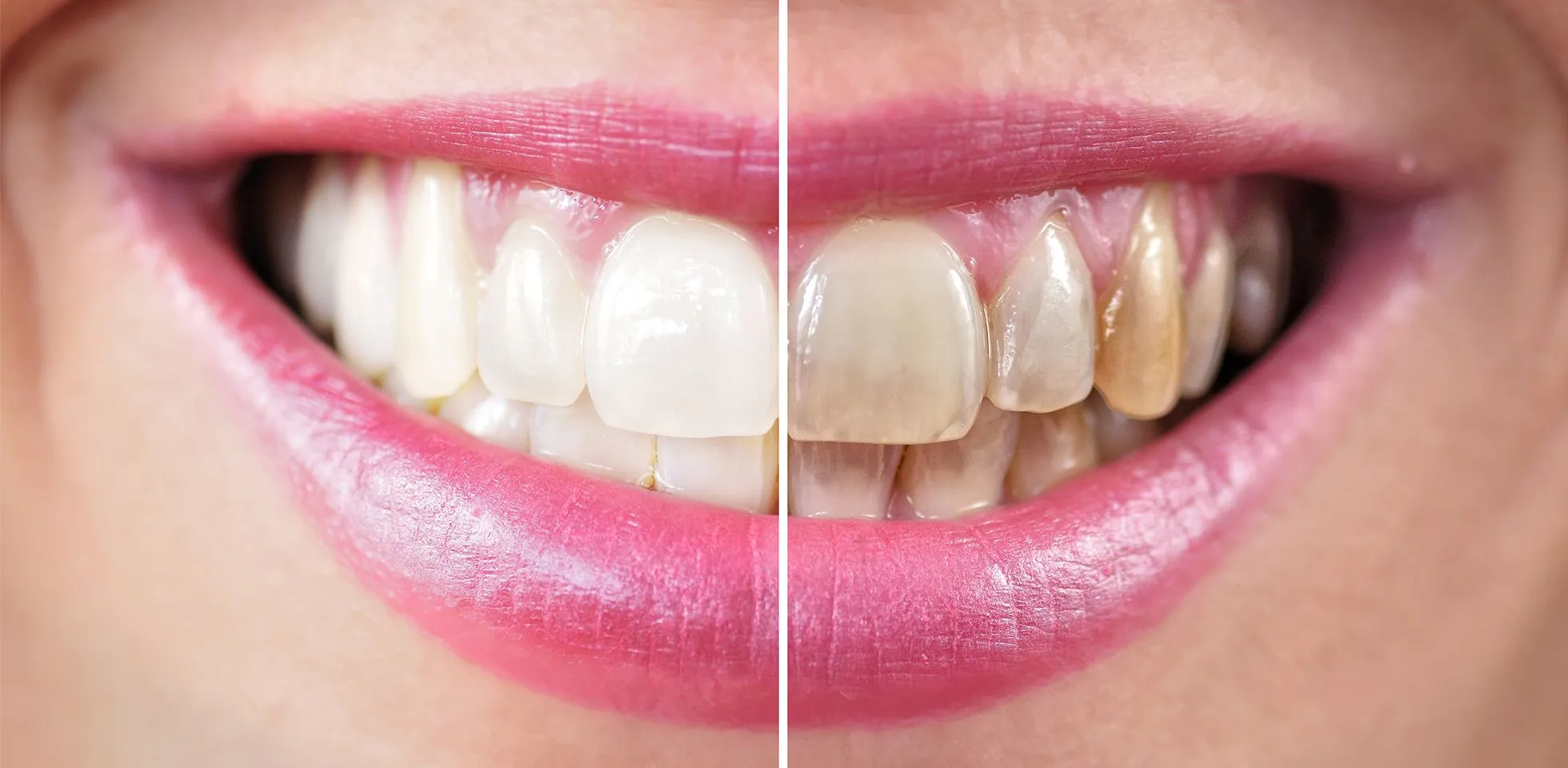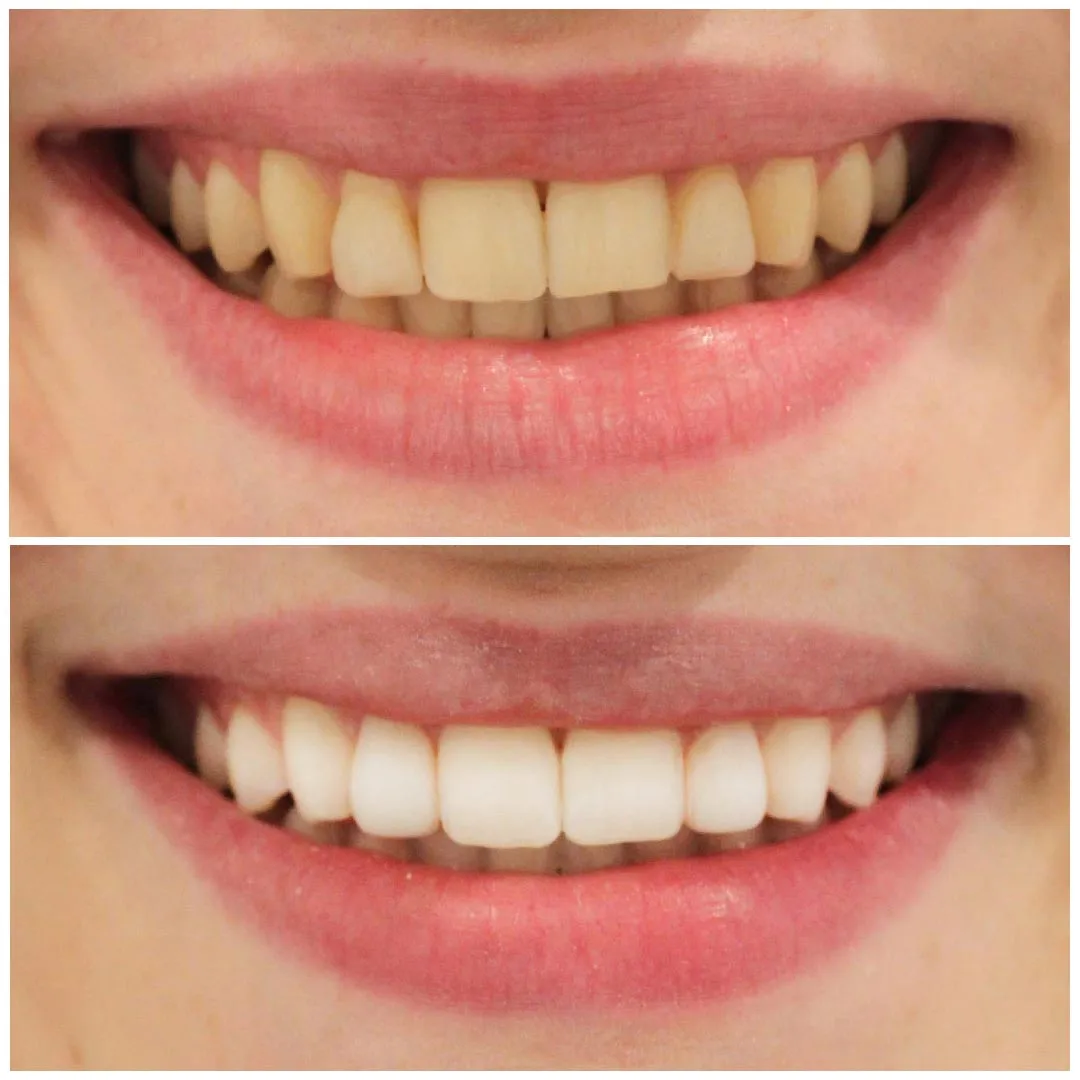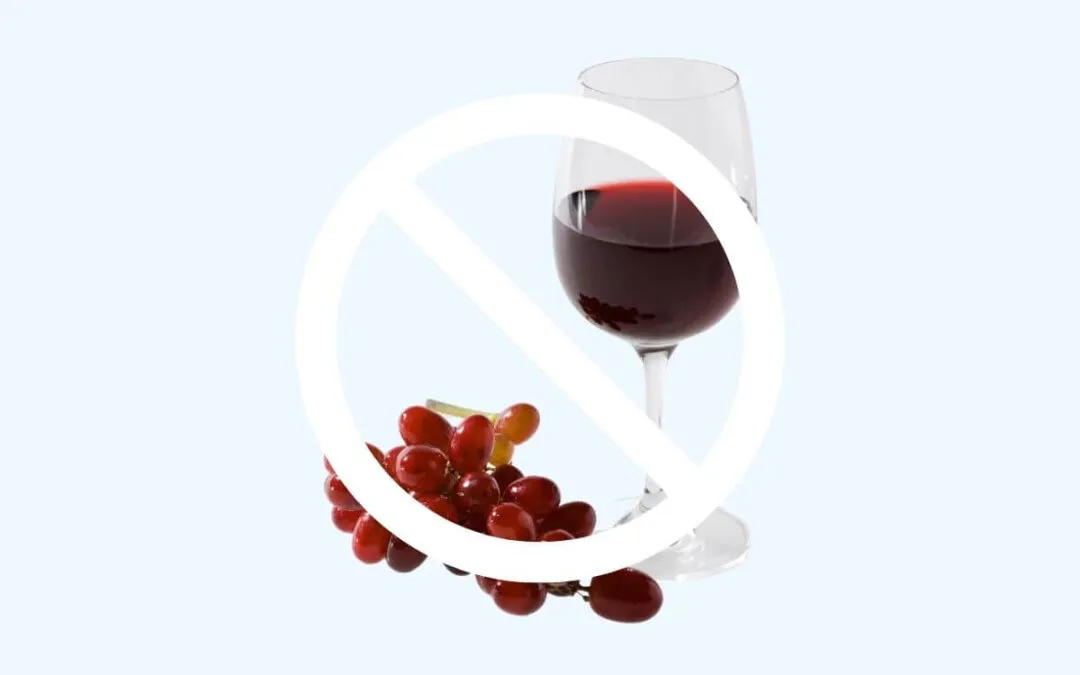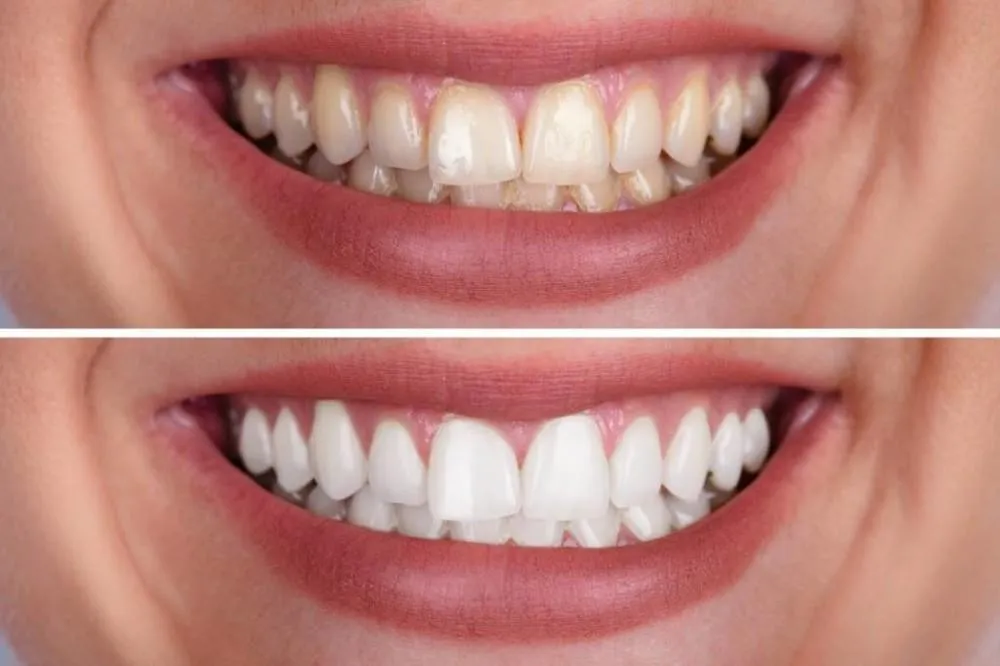The Power of White Diet for Teeth Whitening
Achieving a brighter, whiter smile often involves more than just cosmetic procedures. While professional teeth whitening treatments and over-the-counter products can be effective, the food you eat plays a significant role in the overall health and appearance of your teeth. This is where the “white diet” comes in, offering a natural approach to teeth whitening. This article will explore how the white diet can complement other teeth whitening methods, by focusing on foods that minimize staining and promote oral health.
What is the White Diet
The white diet is not a strict, medically defined diet, but rather a dietary approach that emphasizes the consumption of foods that are naturally white or light in color. The primary goal of this diet is to avoid foods and drinks known to stain teeth, such as coffee, tea, red wine, and dark berries. The diet typically includes foods that are less likely to cause discoloration and can, in some cases, promote oral health. It is a lifestyle change, not necessarily a temporary solution, and is meant to be combined with good oral hygiene.
The Science Behind Teeth Staining

Teeth staining occurs due to the accumulation of pigments, called chromogens, from food and drinks on the tooth enamel. These chromogens can bind to the porous surface of the enamel, leading to discoloration. Certain foods and beverages are particularly high in chromogens, while others contain tannins, which enhance the ability of these pigments to stick to teeth. Understanding this process is key to making informed dietary choices that support teeth whitening. Furthermore, the white diet aims to reduce the intake of substances that promote staining.
The Importance of Diet on Teeth Health
Beyond whitening, a healthy diet is crucial for overall oral health. Nutrients like calcium, vitamin D, and phosphorus are essential for strong teeth. A diet rich in these nutrients can help maintain the integrity of tooth enamel. The white diet, when incorporated with a balanced approach, can contribute to oral health by reducing the intake of sugars and acids that can erode enamel and promote tooth decay. This makes the teeth more susceptible to staining. Therefore, the white diet is part of a bigger picture related to good oral hygiene and health.
Top 5 Foods for a Teeth Whitening White Diet
Dairy Products for Teeth Whitening

Benefits of Dairy
Dairy products, such as milk, yogurt, and cheese, are excellent for teeth whitening because they are rich in calcium, which strengthens tooth enamel. They also contain casein, a protein that helps to stabilize and protect enamel. Furthermore, the lactic acid found in some dairy products can help prevent tooth decay. Dairy products help to neutralize acids in the mouth, reducing the risk of enamel erosion. They promote strong and healthy teeth, which are more resistant to staining. Consuming dairy is a fundamental part of a white diet.
How to Incorporate Dairy
Incorporate dairy into your white diet by drinking milk, eating yogurt, and enjoying cheese. Choose low-sugar or plain yogurt to avoid added sugars that can contribute to tooth decay. Opt for hard cheeses that stimulate saliva production, which helps to wash away food particles and neutralize acids. Consume dairy products regularly throughout the day to maintain a consistent level of enamel protection. A morning bowl of yogurt with white fruits can be an ideal meal.
Chicken & Fish for Teeth Whitening

Benefits of Chicken & Fish
Chicken and fish are lean protein sources that do not typically stain teeth. They can also help to balance the acidity in the mouth. Protein-rich foods stimulate saliva production, which naturally cleans teeth. This reduces the chance of staining. Chicken and fish are also rich in phosphorus, which, combined with calcium, is crucial for maintaining strong teeth. Choosing these foods will further protect the enamel from wear and tear, thereby helping to preserve the natural whiteness.
How to Incorporate Chicken & Fish
Include chicken and fish in your white diet by grilling, baking, or steaming them. Avoid sauces and marinades with dark colors, as they can stain teeth. Prepare these foods with white vegetables and grains to fully complement your diet. Make sure to have chicken or fish for lunch or dinner. You can create various meals with chicken and fish without worrying about staining your teeth.
White Rice & Pasta

Benefits of White Rice & Pasta
White rice and pasta are safe options for the white diet because they do not contain staining pigments. They provide carbohydrates, which give you energy. Although these foods do not directly contribute to whitening, they do not stain your teeth. As such, they offer a solid foundation for many meals. Eating these foods keeps you full and satisfied, while keeping you away from foods that may cause staining.
How to Incorporate White Rice & Pasta
Prepare white rice and pasta as the base for your meals. Cook them plainly or with light-colored sauces, like alfredo or a cream-based sauce. Add white vegetables and lean proteins. Keep away from red sauces and other ingredients that may stain the teeth. This keeps your meals consistent with the white diet, while allowing for some variety.
Cauliflower

Benefits of Cauliflower
Cauliflower is a white vegetable that is beneficial for maintaining a white diet. It is rich in fiber, which promotes saliva production. Fiber helps clean the teeth and remove food particles that might cause staining. Additionally, cauliflower is crunchy, which naturally scrubs the teeth. Cauliflower helps in breaking down surface stains and keeping teeth clean. It is a versatile addition to any meal, making it easier to maintain a white diet.
How to Incorporate Cauliflower
Incorporate cauliflower by eating it raw, steamed, or roasted. Use cauliflower as a substitute for rice or mashed potatoes. Cauliflower is extremely versatile and can be integrated into various meals without the risk of staining. Enjoy cauliflower with other white foods like dairy or chicken to maintain your white diet.
White Potatoes

Benefits of White Potatoes
White potatoes are a staple in many diets, and can also be part of a teeth-whitening white diet. They do not stain teeth. Similar to white rice and pasta, potatoes provide energy and are a good base for meals. White potatoes are packed with essential nutrients. The high starch content helps satisfy your hunger while keeping your mouth clean. Using potatoes is an effective way to maintain the white diet without compromising on nutritional value.
How to Incorporate White Potatoes
Prepare white potatoes by boiling, baking, or mashing them. Avoid adding dark sauces or heavy spices. Instead, flavor them with herbs and other light-colored seasonings. Add potatoes to meals featuring other white diet-friendly foods, such as chicken or fish and cauliflower. Keep your meals visually consistent with the white diet, ensuring you stick to it.
Tips for Maintaining a White Diet for Teeth Whitening
Hydration
Drinking plenty of water helps to rinse away food particles and prevents stains. Water also stimulates saliva production. Saliva helps in cleaning the teeth. Drinking water throughout the day, especially after consuming food, is a crucial part of the white diet. Carry a water bottle and make sure you sip water frequently. Water is your best companion to your teeth whitening diet.
Regular Dental Check-ups
Regular visits to the dentist are essential. Professional cleanings can remove surface stains and plaque. They also help in assessing overall oral health. Regular check-ups can help ensure your teeth and gums are healthy. Visit your dentist every six months. These check-ups complement the white diet. They enhance the whitening efforts.
Limit staining drinks
Minimize your intake of beverages that can stain teeth, like coffee, tea, and red wine. If you do consume these drinks, use a straw to reduce their contact with your teeth. Rinse your mouth with water immediately after drinking. This will help lessen the impact of the staining. If you can, avoid these drinks entirely. This greatly helps to whiten your teeth. The white diet is all about reducing staining.
Conclusion
The white diet can significantly contribute to teeth whitening. By focusing on foods that don’t stain your teeth, such as dairy, chicken and fish, white rice and pasta, cauliflower, and white potatoes, you can maintain a brighter smile. Combining the white diet with good oral hygiene, regular dental check-ups, and limiting staining beverages will maximize your teeth-whitening efforts. Embrace the white diet to support both the aesthetics and the health of your teeth.
